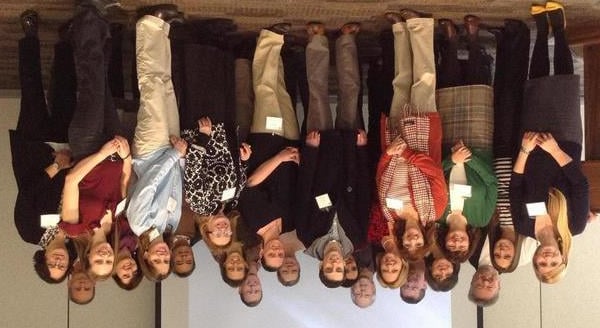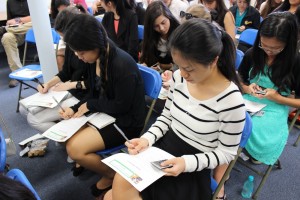We celebrate teachers all year for the work they do in the classroom for economic and personal finance education! In honor of 2014 Teacher Appreciation Week, we wanted to put a bright and appreciative spotlight on the extraordinary teachers who make up our Education Advisory Group (EAG).
What is the SF Fed Education Advisory Group (EAG)?
 Currently in its second year of existence, the EAG is a group of approximately 20 teachers from throughout the nine western states that comprise the 12th District. They work with us for a period of one year, providing feedback on content ideas, teaching activities, economic education resources, the use of technology, and best practices related to teaching about the Federal Reserve and the U.S. economy. The EAG is a professional development opportunity for secondary and post-secondary educators who have a vested interest in economic and personal finance education.
Currently in its second year of existence, the EAG is a group of approximately 20 teachers from throughout the nine western states that comprise the 12th District. They work with us for a period of one year, providing feedback on content ideas, teaching activities, economic education resources, the use of technology, and best practices related to teaching about the Federal Reserve and the U.S. economy. The EAG is a professional development opportunity for secondary and post-secondary educators who have a vested interest in economic and personal finance education.


